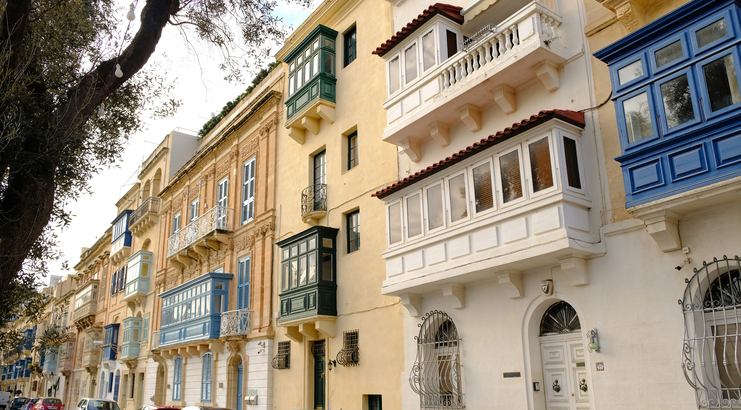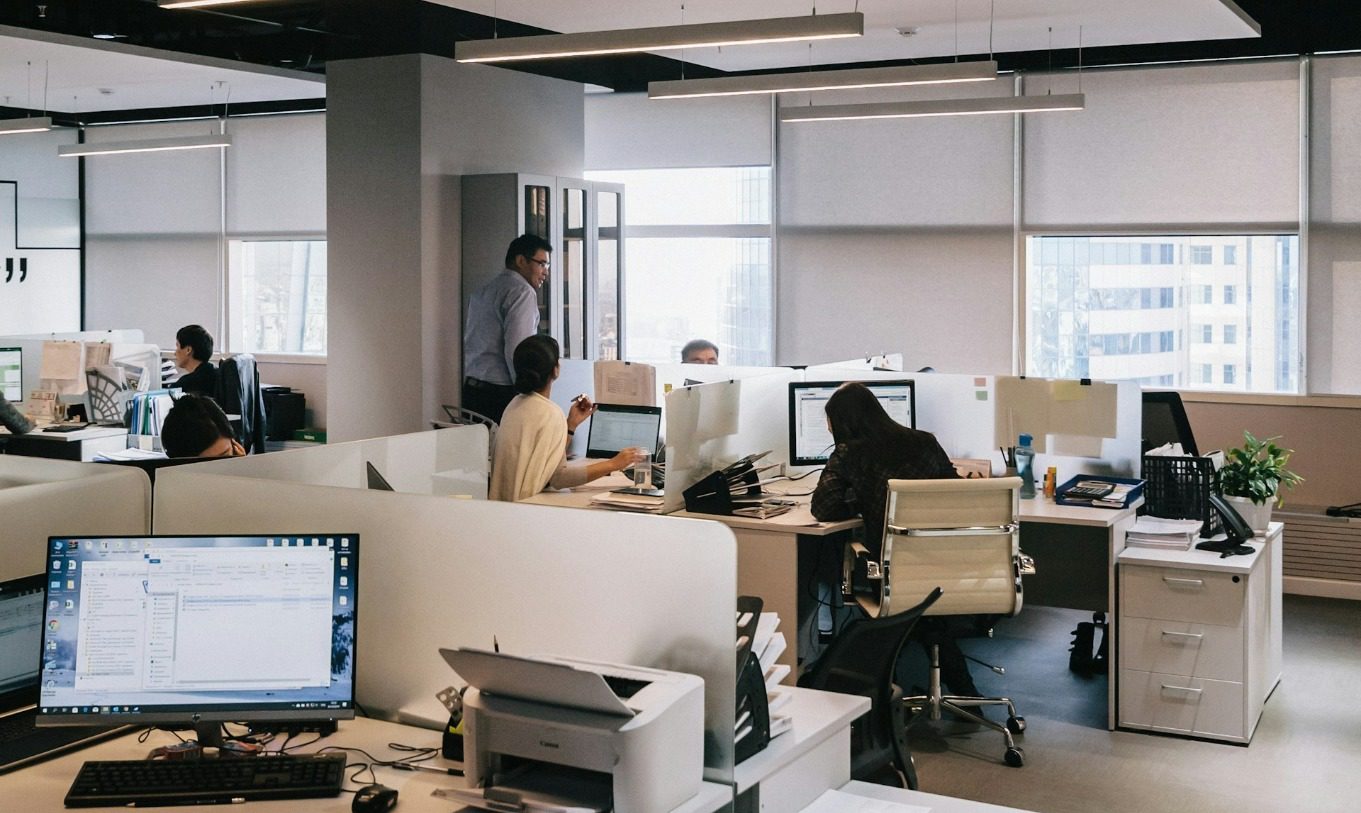According to a national Labour Force Survey (LFS), the number of persons aged 15 and over with a low level of education stood at 203,151 in 2020, accounting for nearly half of this population segment.
Those having a medium level of education amounted to 129,363 (29.5 per cent) while persons with a high level of education totalled 105,750 (24.1 per cent).
The share of persons aged 15 to 64 having a low level of education decreased from 59.6 per cent in 2010 to 37 per cent in 2020. Conversely, the share of persons with a medium or high level of education increased by 8.7 and 14 percentage points respectively in the last 11 years.
The figures emerge from revised educational attainment statistics from the LFS for 2010 to 2020, published by the National Statistics Office (NSO), as a result of the realignment of the International Standard Classification of Education (ISCED) with the Malta Qualifications Framework (MQF).
This revision, the NSO said, was necessary to ensure better compliance with European Regulations governing education statistics and improve comparability of results at the European level.
On average, over the past 11 years, the number of employed having a low level of education remained relatively stable at around 80,317 persons. On the contrary, the share of those employed with a medium level of education almost doubled within a decade. Similarly, employed persons attaining a high level of education increased from 34,234 in 2010 to 88,920 in 2020.
Across the years, persons with a higher level of education were more likely to be in employment when compared to those with low attainment levels. In 2020, out of every 100 persons aged 20 to 64 years with a high level of education, 89 were employed. Similarly, the employment rate for persons with a medium level of education was 81.9 per cent. Persons with a low level of education had the lowest employment rate (64.1 per cent).
Further to this revision, the rate of early leavers from education and training (ELET rate) was updated to 12.6 per cent, in 2020, a drop of 8.8 percentage points from 2010 levels.
Among males the rate dropped from 28.3 per cent in 2010 to 14.7 per cent in 2020 while that for females declined by 3.8 percentage points over the last 11 years reaching 10.2 per cent in 2020.
Although Malta’s levels for the ELET indicator declined significantly over the years, in 2020, the rate was 2.6 percentage points higher than the EU 28 2020 target of 10 per cent.
At the same time, data for 2020 showed that the percentage of persons aged 20 to 24 years achieving at least an upper secondary education was 85.1 per cent. This indicator was higher for females (88 per cent) when compared to males (82.6 per cent).
Buġibba’s Empire Cinema to be transformed into 167-bedroom hotel
St Paul Bay's local council had objected to the plans
Malta-flagged container ship targeted by missiles close to Yemen’s Mokha, British security firm says
Attacks by Iran-aligned Houthi group have had major impacts on global shipping
Employment growth set to halve to 3.2% in 2024 due to slowdown in economic activity – Central Bank
The Central Bank of Malta states that Malta’s labour force grew by 5.1% in the first nine months of 2023






